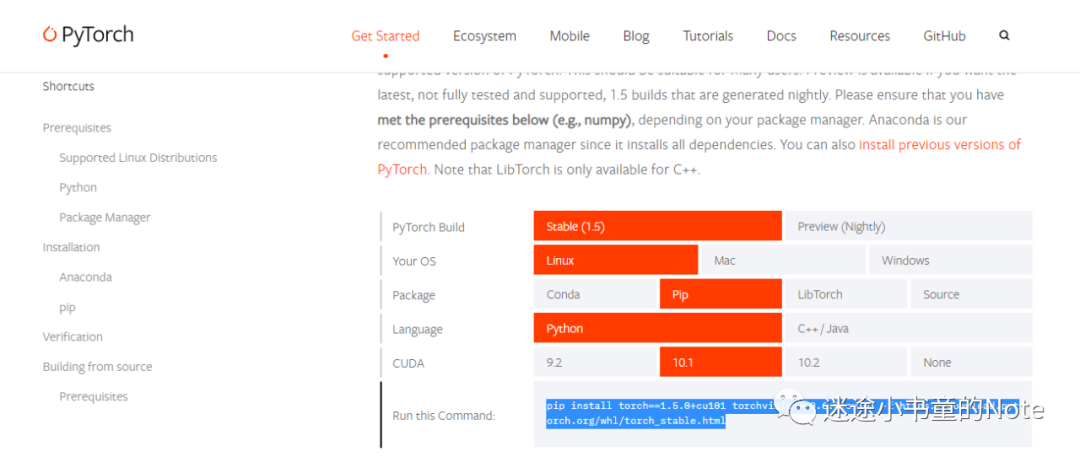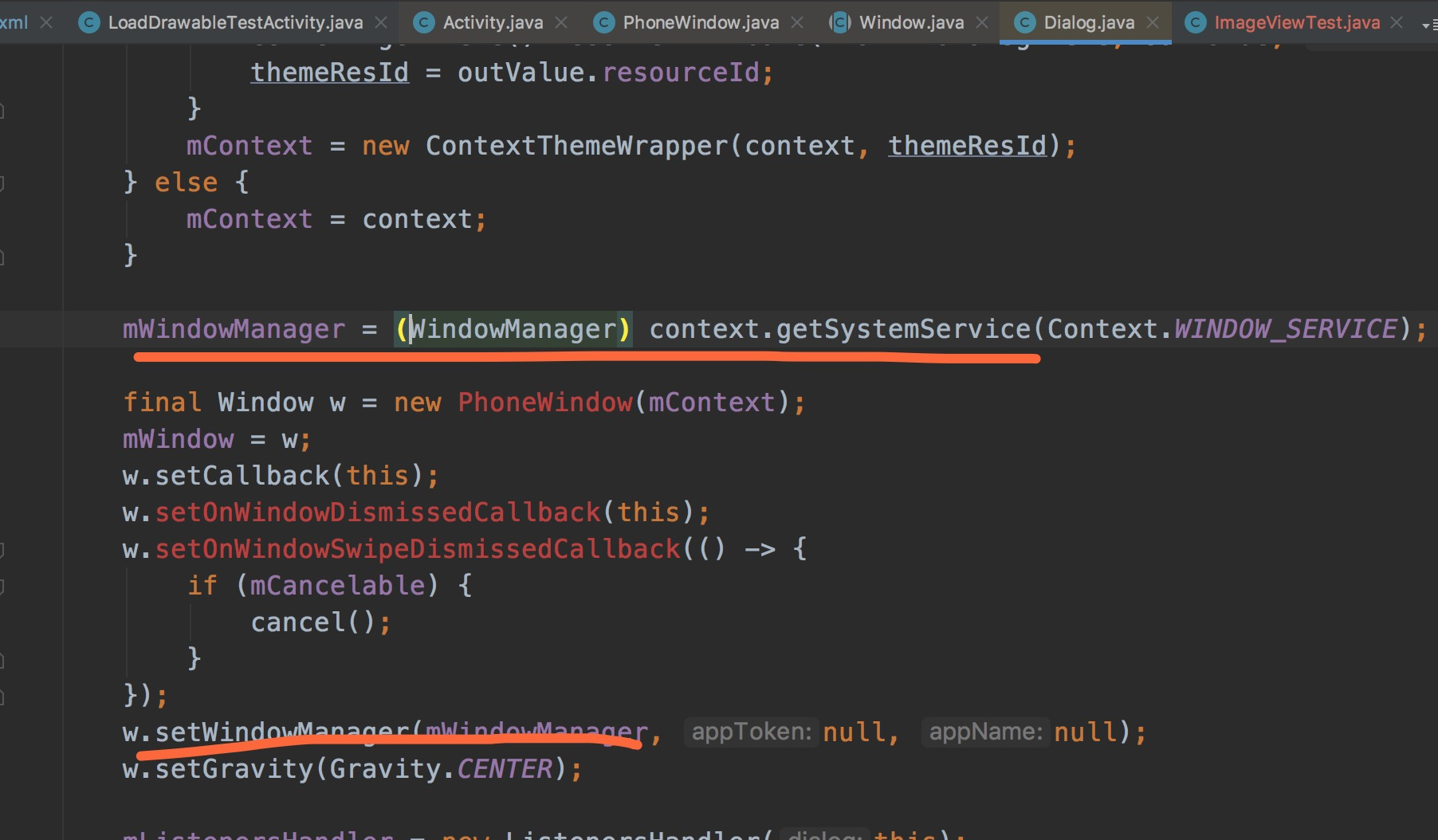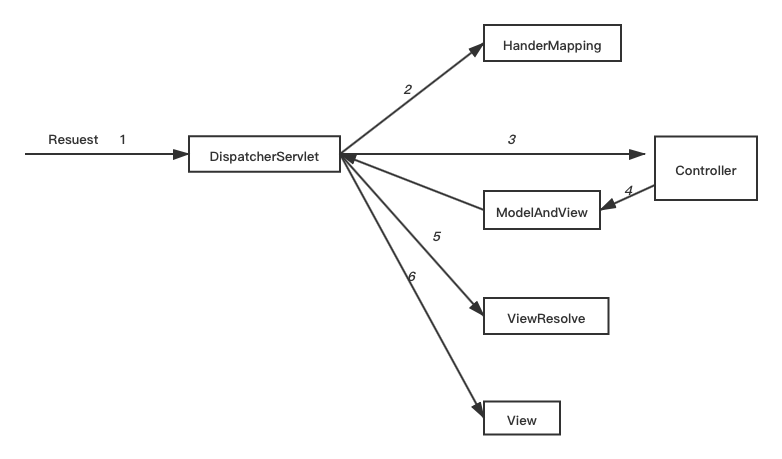可以将文章内容翻译成中文,广告屏蔽插件可能会导致该功能失效(如失效,请关闭广告屏蔽插件后再试):
问题:
I trying to create new component, but its ngOnInit() method is getting called twice, I don't no why this is happening? Here I've created on component called ResultComponent which takes @Input from the parent component called mcq-component
Here is the code:
Parent Component (MCQComponent)
import { Component, OnInit } from '@angular/core';
@Component({
selector: 'mcq-component',
template: `
<div *ngIf = 'isQuestionView'>
.....
</div>
<result-comp *ngIf = '!isQuestionView' [answers] = 'ansArray'><result-comp>
`,
styles: [
`
....
`
],
providers: [AppService],
directives: [SelectableDirective, ResultComponent]
})
export class MCQComponent implements OnInit{
private ansArray:Array<any> = [];
....
constructor(private appService: AppService){}
....
}
Child Component (result-comp)
import { Component, OnInit, Input } from '@angular/core';
@Component({
selector:'result-comp',
template: `
<h2>Result page:</h2>
`
})
export class ResultComponent implements OnInit{
@Input('answers') ans:Array<any>;
ngOnInit(){
console.log('Ans array: '+this.ans);
}
}
Here console log showing 2 times: first time it shows correct array but second time it shows undefined, but I'm not able to figure out, why ngOnInit from ResultComponent getting called twice ?
回答1:
Why it is called twice
Right now, if an error happens during detecting changes of content/view children of a component, ngOnInit will be called twice (seen in DynamicChangeDetector).
This can lead to follow up errors that hide the original error.
This information comes from this github issue
So it seems that your mistake might have an origin elsewhere in your code, related to this component.
回答2:
This was happening to me because of a faulty component html. I had forget to close the selector tag in the host component. So I had this <search><search>, instead of <search></search> - take note of the syntax error.
So related to @dylan answer, check your component html structure and that of its parent.
回答3:
Well the Problem in my case was the way I was bootstrapping the Child Components.
In my @NgModule decorator’s metadata object ,I was passing ‘child component’ in the bootstap property along with ‘parent component’.
Passing the child components in bootstap property was resetting my child components properties and making OnInit() fired twice.
@NgModule({
imports: [ BrowserModule,FormsModule ], // to use two-way data binding ‘FormsModule’
declarations: [ parentComponent,Child1,Child2], //all components
//bootstrap: [parentComponent,Child1,Child2] // will lead to errors in binding Inputs in Child components
bootstrap: [parentComponent] //use parent components only
})
回答4:
if you used platformBrowserDynamic().bootstrapModule(AppModule); in app.module.ts comment it and try. I had the same problem. I think this helps
回答5:
Putting this here in case someone wind up here. NgOnInit can also be called twice if your browser's default button type is "submit", say if you have the below, NgOnInit of NextComponent will be called twice in Chrome:
<button class="btn btn-primary" (click)="navigateToNextComponent()">
To fix it, set type:
<button class="btn btn-primary" type="button" (click)="navigateToNextComponent()">
回答6:
This may happen because you set the AppComponent as your default route
RouterModule.forRoot([
{ path: '', component: AppComponent } // remove it
])
Note: AppComponent is called by default in angular so need not to call it
回答7:
This happens whenever there are any template errors.
In my case I was using a wrong template reference and correcting that fixed my issue..
回答8:
In my case, this is happened when Component implements both OnChanges and OnInit. Try to remove one of these classes. You can also use ngAfterViewInit method, it is triggered after the view initialized, so that it is guaranteed to called once.
回答9:
This happened to me because I had unnamed <router-outlet>s inside of an *ngFor. It loaded for each iteration in the loop.
The solution, in that case, would be to have a unique name for each outlet or make sure that there is only one in the DOM at a time (perhaps w/ an *ngIf).
回答10:
I had a similar issue myself, I was calling for a component and then referencing the same component via the router-outlet.
<layout>
<router-outlet></router-outlet>
</layout>
And the outlet route was also pointing to Layout.





